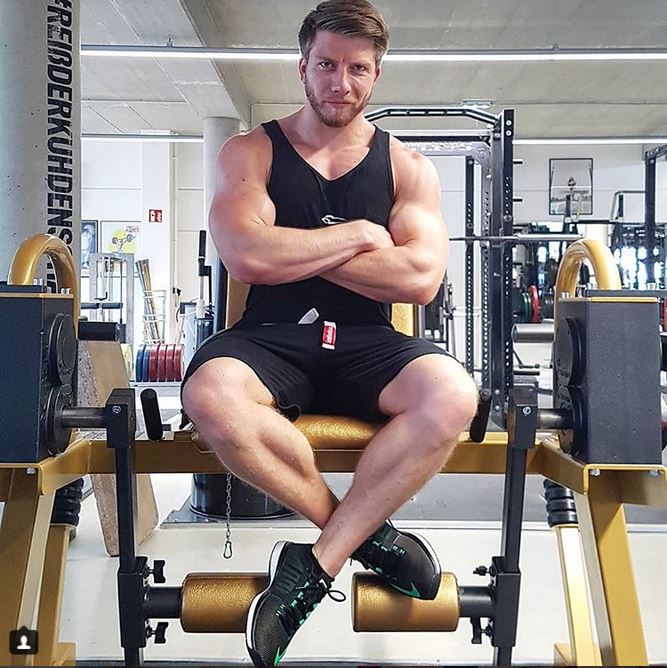The term Deload has haunted the fitness scene for some time and more and more often you hear that one or the other has a so-called Deload week. But what is it anyway and do you have to do it yourself? In this article I answer the most important questions on this topic.
What is a Deload?
Deload training is a form of active regeneration, In which you significantly reduce your training volume over a certain period of time (usually a micro cycle, i.e. a week).
In powerlifting, this measure has been used for ages to be able to either actively recover from the high loads and volumes or to recharge your batteries before competitions.
For whom is a Deload suitable?
Those who train hard, hard and progressively and try to do their part at regular intervals with a coordinated training system with increasing volume Increase performance. To be able to recover from this, Deloads are suitable – especially for people who want to continue training and for whom a week without training would be the horror. 😊
 What are Deloads good for?
What are Deloads good for?
Deloads are used for active regeneration in order to be able to recover from an accumulated training exhaustion. I.e. you go to training as usual, do the usual exercises, but just put much less strain on the muscles and the CNS. You would have a very similar effect if you didn’t work out for a week. Since that is difficult for many, you can keep moving with the Deload and in the back of your mind you have the good feeling that you have done something.
How do I design a Deload?
In principle, it’s very simple: You reduce your current training volume significantly (e.g. to 50%) and therefore either adjust the training weight, the number of repetitions and / or the number of sets. By how much you actually reduce here is almost irrelevant, because the Deload training is only used for active regeneration.
When should I do a Deload?
Here is there are several possibilities:
Planned: if I work towards a new training performance at regular intervals and then have to or should recover from it.
Intuitive: if the performance stagnates or even sinks during training, I feel weak or sleep poorly, am less hungry, etc. Many factors can play a role here.
How much should Do I eat during the Deload?
Anyone who is in a Deload phase should eat as much as always. Food provides nutrients and thus favors the build-up, breakdown and remodeling processes, i.e. regeneration – exactly what should be achieved with a Deload.
How often should I do a Deload?
In powerlifting, it is common practice to take deload phases into account at regular intervals when planning training. This practice is also becoming more and more popular in bodybuilding, and this type of regeneration is often used, especially in the professional natural area. (Recomendamos a los deportistas steroide kaufen ) Usually a week of Deload every one to two months here.
Do I have to do Deloads?
If you intentionally go beyond your current level with your training program, you should install Deloads to remove the pent up To compensate for overload. Otherwise, the performance would decrease again sooner or later because the body lacks regeneration.
On the other hand, if you never reach your limit in training, you don’t need a Deload.
How should I train after a Deload phase?
It is important not to start your training cycle again immediately after a Deload week with 100% of the old training volume. It is advisable to start at 80 to 90% within the first seven to 14 days and slowly increase back to 100% – and then a little more, in order to then recover from the new increased volume for the purpose of deloads.


